Pure Mathematics for Beginners
Pure Mathematics for Beginners consists of a series of lessons in Logic, Set Theory, Abstract Algebra, Number Theory, Real Analysis, Topology, Complex Analysis, and Linear Algebra. The 16 lessons in this book cover basic through intermediate material from each of these 8 topics. In addition, all the proofwriting skills that are essential for advanced study in mathematics are covered and reviewed extensively. Pure Mathematics for Beginners is perfect for
- professors teaching an introductory college course in higher mathematics
- high school teachers working with advanced math students
- students wishing to see the type of mathematics they would be exposed to as a math major.
The material in this pure math book includes:
- 16 lessons in 8 subject areas.
- A problem set after each lesson arranged by difficulty level.
- A complete solution guide is included as a downloadable PDF file.
Pure Math Book Table Of Contents (Selected)
Here’s a selection from the table of contents:Introduction
Lesson 1 – Logic: Statements and Truth
Lesson 2 – Set Theory: Sets and Subsets
Lesson 3 – Abstract Algebra: Semigroups, Monoids, and Groups
Lesson 4 – Number Theory: Ring of Integers
Lesson 5 – Real Analysis: The Complete Ordered Field of Reals
Lesson 6 – Topology: The Topology of R
Lesson 7 – Complex Analysis: The Field of Complex Numbers
Lesson 8 – Linear Algebra: Vector Spaces
Lesson 9 – Logic: Logical Arguments
Lesson 10 – Set Theory: Relations and Functions
Lesson 11 – Abstract Algebra: Structures and Homomorphisms
Lesson 12 – Number Theory: Primes, GCD, and LCM
Lesson 13 – Real Analysis: Limits and Continuity
Lesson 14 – Topology: Spaces and Homeomorphisms
Lesson 15 – Complex Analysis: Complex Valued Functions
Lesson 16 – Linear Algebra: Linear Transformations
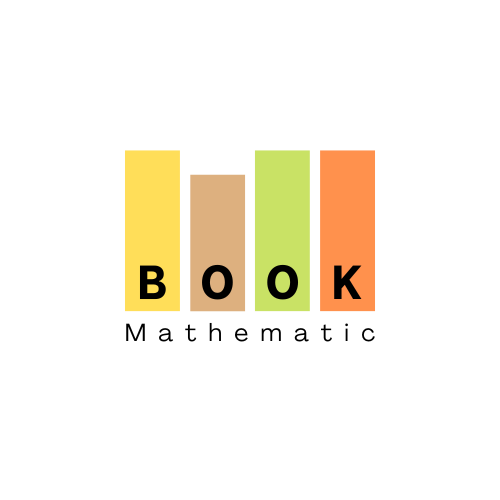
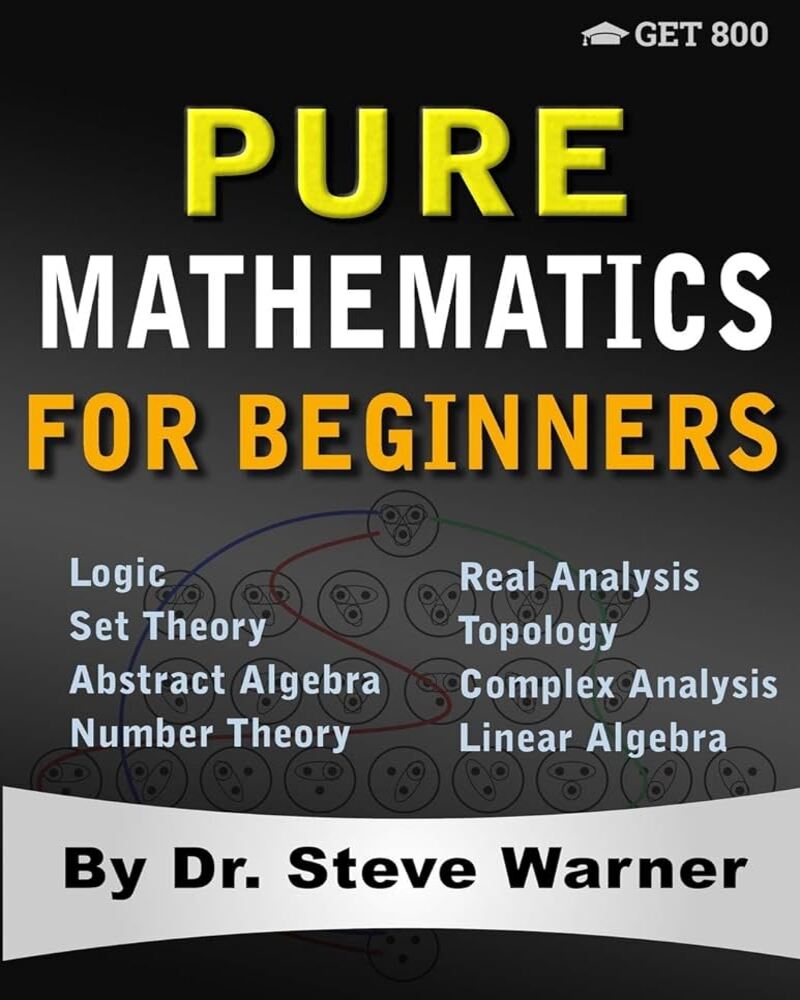

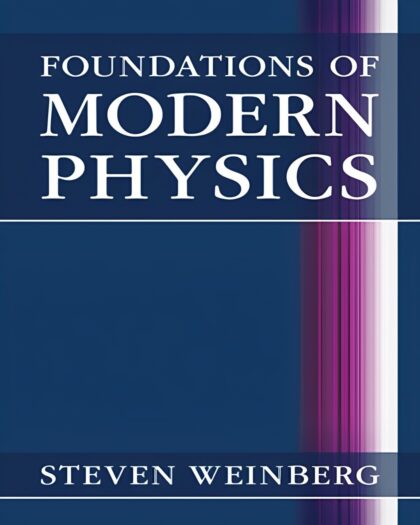
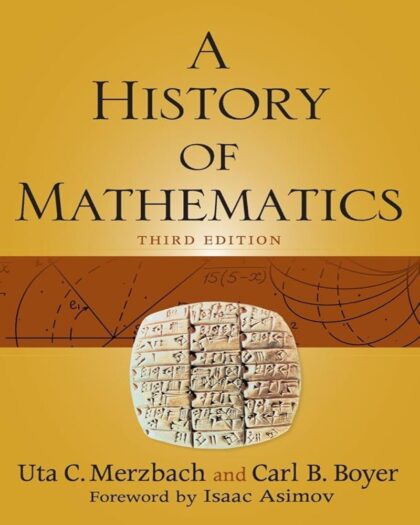
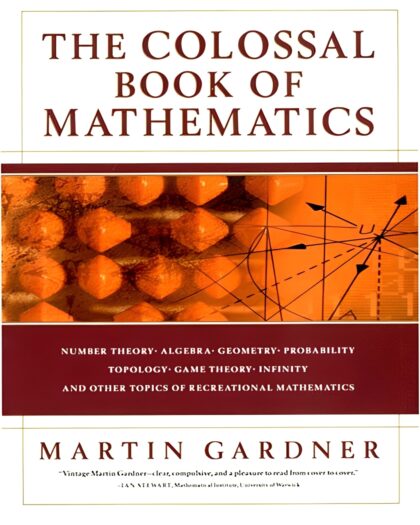
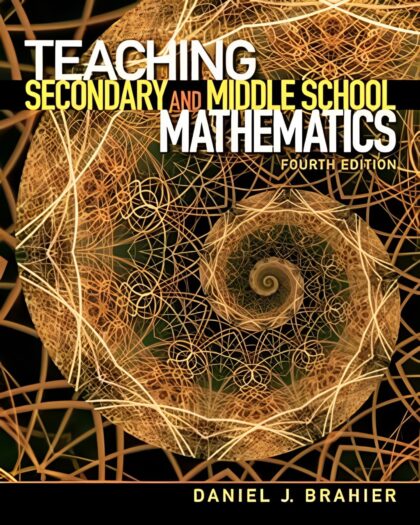
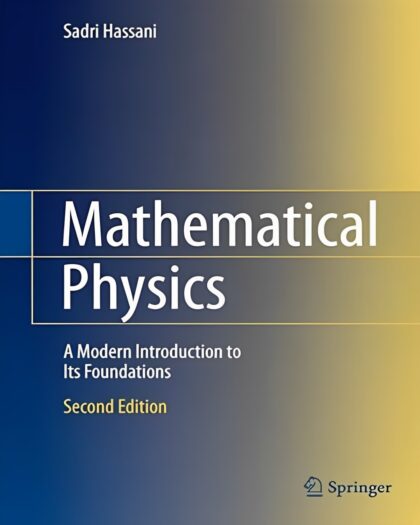

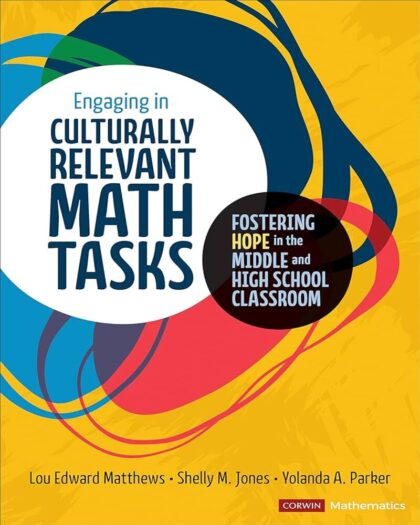

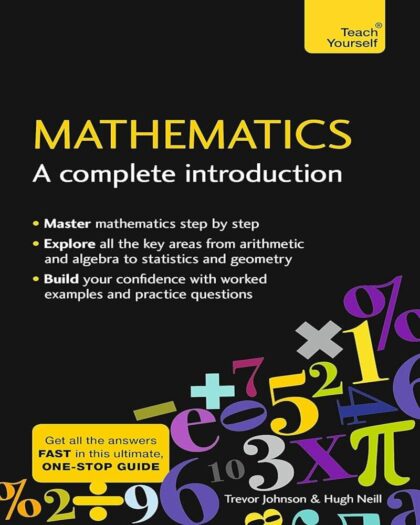


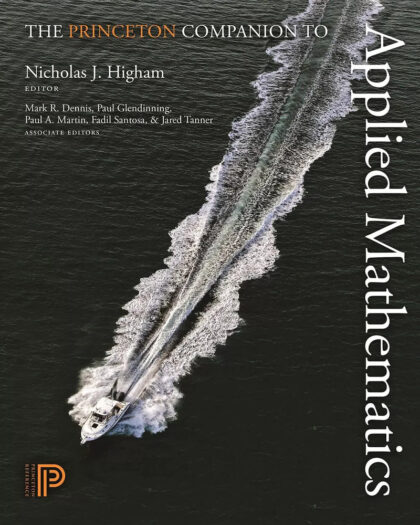

This book is rigorous. In fact, it is pure rigor. It is 200 pages of formal definitions, proofs and problems. There is very little to help you with intuition. However, if you supplement this book with lots of YouTube videos, this is not a problem. Please be advised that you will have to do this if you are an intuitive learner.
The quizzes are excellent. ALL of the questions have online answers (as opposed to selected questions, which you will often find in math textbooks). The author is very elaborate with them.
The first two chapters on logic and set theory provide a solid foundation for the rest of the topics in the book, and for all of mathematics. The problem sets gradually increase in difficulty, and combined with fully explained solutions, enable a real understanding of the material. I also like that he explains how to think about certain concepts and how proof techniques and solution writing is included - highly recommend!
This book is PERFECT!! The author has the magical ability to explain only the necessary and sufficient ingredients in a truly didactic approach. The theories are constructed from the very beginning at an accessible starting point and progresses in incremental steps in such a way the the reader feels like (s)he is the one constructing them.
The Problem Sets are ingenuously well put in five different levels of difficulty. Some chapters also include a challenge problem. This is definetely the most effective book for developing our pure mathematical skills from the beginning quickly and accurately.
I am also studying "Set Theory for Beginners" (by the same author). I highly recommend that book too!!
Set Theory for Beginners
https://www.amazon.com/dp/0999811762/
The content:
1- is very engaging and any interested beginner would always wonder what s the next chapter will be.
2-Written in a way like building legos. The sequence of the chapters and the topics(ideas) in each chapter flow smoothly and logically.
3-All concepts and theorems are explained clearly and followed by plenty of examples.
4-All problems come with detailed solutions and extra explanations. Some problems are difficult and may require the reader to look at the solution which might need to be read once or twice to understand.
I had great pleasure learning and exploring the topics of pure mathematics from this book, and I highly recommended for beginners who are going to any undergrad major requiring pure math and for self-learners too. It may also serve as a reference for graduate students for a quick review.